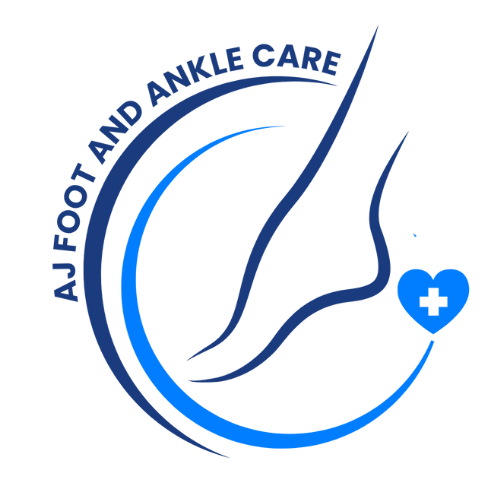Gout Management
Gout is a form of inflammatory arthritis that causes sudden, intense pain, usually in the joints of the feet and toes. If you’ve ever been woken up by a burning, throbbing sensation in your big toe, you may already know how painful a gout flare can be. The good news is that gout can be managed with proper care, lifestyle changes, and medication. Our team is here to help you find lasting relief and prevent future attacks.
What Is Gout?
Gout is caused by a buildup of uric acid in the body. When too much uric acid is present in the blood, it can form sharp crystals that settle in the joints, triggering inflammation and pain. The big toe is most commonly affected, but gout can also appear in the ankle, heel, or other joints in the foot and leg.
Common Symptoms
Gout often presents with the following symptoms:
-
Sudden, severe pain in a joint, often at night
-
Swelling and redness in the affected area
-
A sensation of heat or tenderness at the joint
-
Limited range of motion
-
Skin that looks shiny or feels tight over the joint
These flares can last for a few days or even weeks. Between attacks, symptoms may disappear, but the underlying issue can remain and cause joint damage over time.
What Causes Gout?
Several factors can contribute to high uric acid levels, including:
-
Diets high in red meat, seafood, and sugary beverages
-
Alcohol consumption, especially beer
-
Obesity or rapid weight gain
-
Certain medications, such as diuretics
-
Medical conditions like kidney disease or high blood pressure
-
Genetics or family history of gout
Understanding the cause of your gout is key to managing it effectively.
Diagnosis
Diagnosis usually begins with a review of your symptoms and medical history. Your provider may perform:
-
A physical exam of the affected joint
-
Blood tests to measure uric acid levels
-
Joint fluid analysis to confirm the presence of uric acid crystals
-
Imaging tests such as X-rays or ultrasound to assess joint damage or inflammation
Gout Treatment and Management
Our approach to gout management focuses on relieving pain, reducing inflammation, and preventing future attacks. Treatment options may include:
-
Anti-inflammatory medications: Nonsteroidal anti-inflammatory drugs (NSAIDs), corticosteroids, or colchicine can be prescribed to reduce pain and swelling during a flare.
-
Uric acid-lowering medications: Long-term medications may be recommended to help the body remove excess uric acid or reduce its production.
-
Dietary changes: Reducing intake of purine-rich foods and alcohol can lower uric acid levels.
-
Weight management: Achieving and maintaining a healthy weight helps reduce strain on joints and lowers uric acid production.
-
Hydration: Drinking more water helps flush uric acid from the body.
-
Footwear recommendations: Supportive shoes may help reduce pressure on affected joints and improve comfort during flare-ups.
Preventing Future Flares
With proper management, many patients can go months or even years without a flare. To reduce your risk of future gout attacks:
-
Follow your prescribed treatment plan
-
Avoid trigger foods and beverages
-
Stay well hydrated
-
Maintain a healthy weight
-
Monitor your uric acid levels regularly
When to See a Specialist
If you are experiencing repeated gout attacks, ongoing joint pain, or difficulty walking, it’s time to see a foot and ankle specialist. Early and consistent care can reduce your symptoms, preserve joint health, and improve your overall quality of life.
About Dr. Mansoori
Dr. Jasmin Mansoori is a board-certified podiatrist known for her compassionate approach, clinical expertise, and commitment to delivering thoughtful, patient-centered care.
Quick Connect
office@ajfootanklecare.com
469-398-1972
737-247-7483
2301 Ohio Dr., Ste 182
Plano, TX 75093
Office Hours
Mon-Fri : 9AM – 5PM
© 2025 AJ Foot and Ankle Care. All rights reserved.
